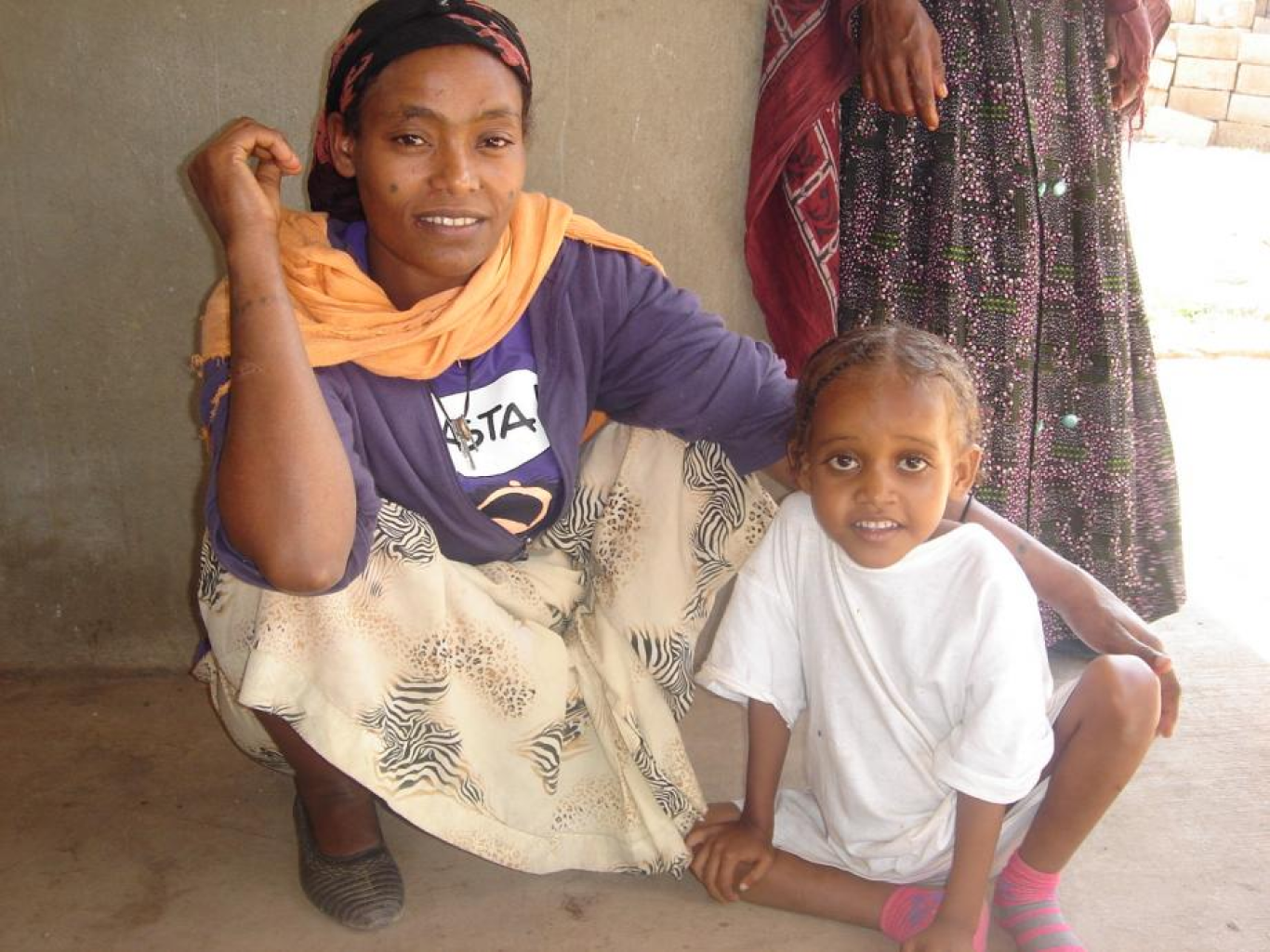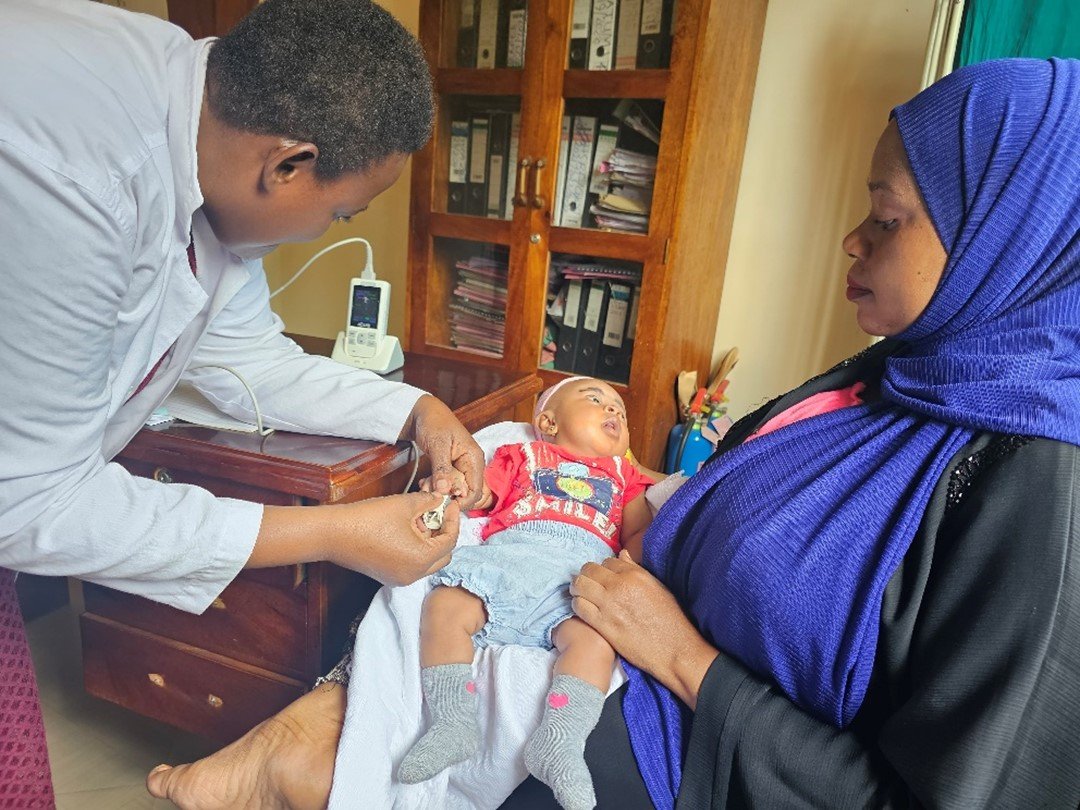The problem
Plasmodium Vivax (P. vivax) malaria is the most common type of malaria outside of sub-Saharan Africa. Following P. vivax infection, the malaria parasites can lie dormant in a person’s liver, reawakening later to cause recurrent illness. Tackling P. vivax requires treating both the blood and liver stages of infection, known as radical cure. Liver-stage treatment typically requires 14 daily doses of a drug called primaquine, which, in certain patients, can cause hemolytic anemia – the destruction or breakdown of red blood cells. The length of treatment and side effects of this drug can result in incomplete treatment and the lack of diagnostic tools that can identify patients at high risk of hemolytic anemia has posed an additional barrier. Treatment in children is further challenged by the unavailability of quality-assured pediatric formulations.
Our response
Emerging treatment and diagnostic tools have significant potential to improve P. vivax case management, including new, single-dose tafenoquine, a radical cure drug. The Partnership for Vivax Elimination (PAVE) will investigate the operational feasibility of implementing new tools across varying levels of health care systems and seek to demonstrate the cost-effectiveness and public health impact of the products. The project will also support the registration of pediatric formulations of primaquine and tafenoquine for radical cure.



